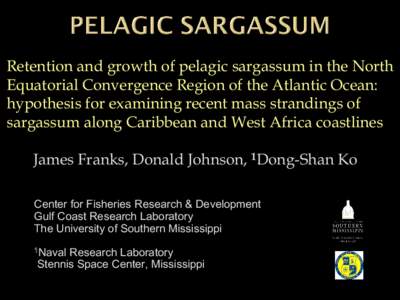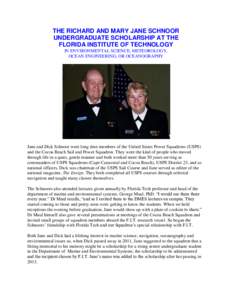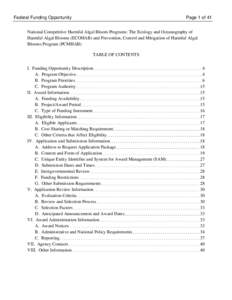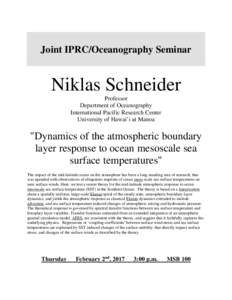 Date: 2015-01-16 09:52:03Physical geography Sargassum Sargasso Sea Equatorial Counter Current Pelagic zone North Equatorial Current Caribbean Current North Brazil Current South Equatorial Current Ocean currents Oceanography Water | |  Retention and growth of pelagic sargassum in the North Equatorial Convergence Region of the Atlantic Ocean: hypothesis for examining recent mass strandings of sargassum along Caribbean and West Africa coastlines James Fr Retention and growth of pelagic sargassum in the North Equatorial Convergence Region of the Atlantic Ocean: hypothesis for examining recent mass strandings of sargassum along Caribbean and West Africa coastlines James Fr
Add to Reading ListSource URL: www.sargassoalliance.orgDownload Document from Source Website File Size: 3,35 MBShare Document on Facebook
|




 Retention and growth of pelagic sargassum in the North Equatorial Convergence Region of the Atlantic Ocean: hypothesis for examining recent mass strandings of sargassum along Caribbean and West Africa coastlines James Fr
Retention and growth of pelagic sargassum in the North Equatorial Convergence Region of the Atlantic Ocean: hypothesis for examining recent mass strandings of sargassum along Caribbean and West Africa coastlines James Fr